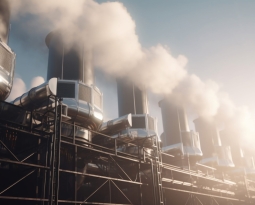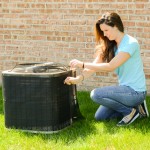Air filter manufa ctures have their products independently tested in order to validate claims of performance. Industry wide, the ASHARE Test Standard is the method of choice for most types of air filters. NAFA (National Air Filtration Association) has put together a piece of literature that covers questions regarding how the MERV test standards compare.
ctures have their products independently tested in order to validate claims of performance. Industry wide, the ASHARE Test Standard is the method of choice for most types of air filters. NAFA (National Air Filtration Association) has put together a piece of literature that covers questions regarding how the MERV test standards compare.
What doesn’t the MERV test measure?
The MERV test does not show Arrestance Efficiency nor does it show a dust loading curve. MERV tells you a minimum efficiency at a certain particle size. If what you want is performance in situ (that is during the process of getting loaded up with dust) you need to look at the Arrestance Efficiency percentage and the Dust Holding Capacity, plus loading curves.
Does a higher MERV rating mean a better filter?
Before disposable filters started using the MERV rating system, the trusted measure of air filtration was done through average arrestance efficiency. Unless you have extreme allergies – in which case you should be in the market for HEPA certified filters – average arrestance will prove the filtering of your everyday particulates while ensuring the best air flow options to your system. Consumers believe the higher the MERV rating, the better. The problem with high MERV ratings is that although the higher MERV will protect your system from smaller particulates, it will restrict air flow.
Will MERV rated filters save me money?
Filters with higher MERV ratings will actually restrict air flow and cause higher utility bills from your system working harder to produce air flow to the system. Since the MERV rated filters are all disposable, they will have an expensive lifetime cost of replacement, which washable air filters won’t.







